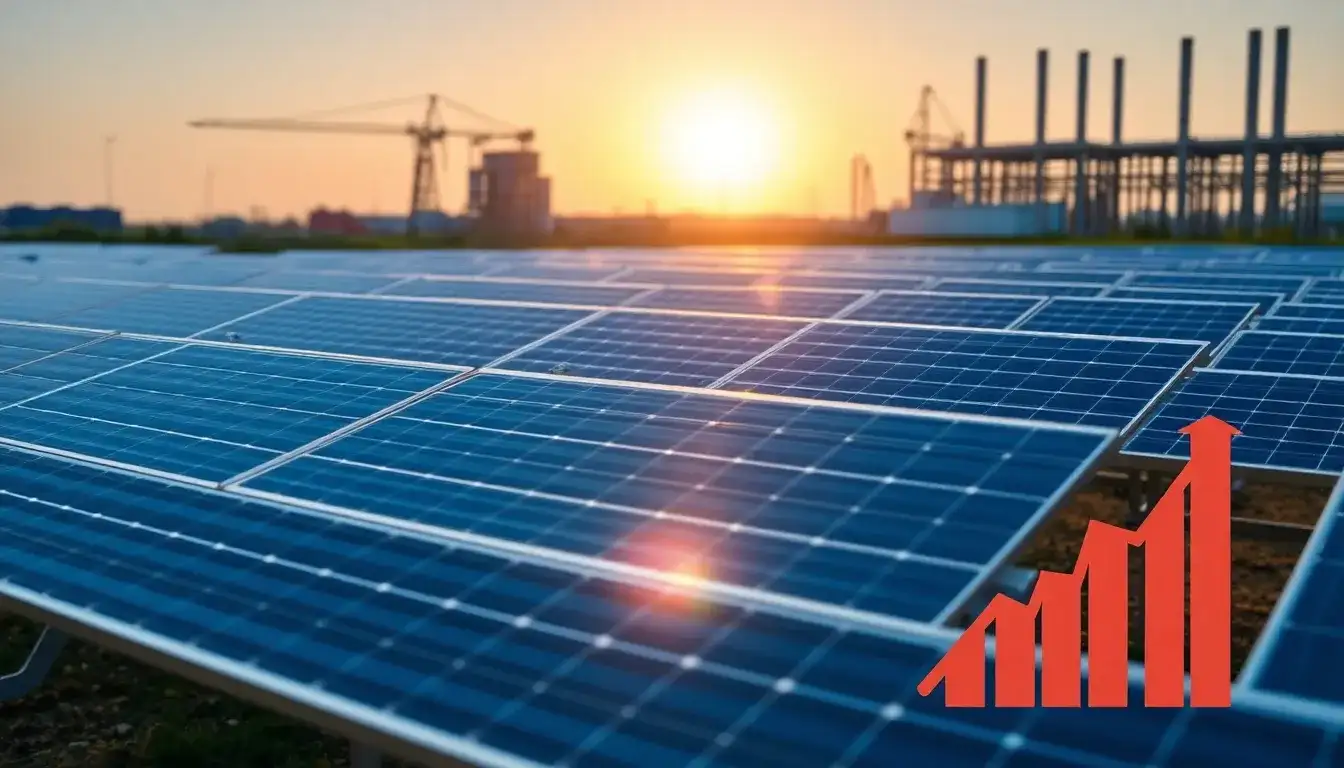
Solar module prices have dropped to 0.8 yuan/W, leading to a surge in the demand for “one yuan and one request” – according to a recent report from Jingji Guancha. The report highlights the dynamics of the solar industry and predicts that by March 2025, the prices for these modules will further decline to between 0.7 yuan/W and 0.8 yuan/W, with high-performance products potentially reaching around 0.9 yuan/W.
As of now, the average solar module price has already fallen below 0.6 yuan/W. By the beginning of March 2025, the prices of mainstream solar modules are expected to stabilize between 0.7 yuan/W and 0.8 yuan/W, with top-tier products likely approaching 0.9 yuan/W. Currently, the prices for solar modules have shifted from a “one-week, one-change” model to a “one-day, one-price” approach.
According to forecasts, the continued reduction in solar module prices may reach 0.9 yuan/W. In China, one distribution company has reported that by 2024, the prices for solar modules are expected to consistently drop, with the highest prices from earlier in the year exceeding 1 yuan/W declining to around 0.6 yuan/W.
In the latter half of 2024, with several companies entering the market, the competition is expected to intensify. They have indicated that in 2025, the solar module market will not be the same as in 2024. Since the beginning of the year, the “4.30” policy has affected market supply and demand, causing solar module prices to gradually decrease.
In the current climate, the price of solar modules is below 0.8 yuan/W. Companies are facing a “supply crunch” and “rapid demand” challenges, which aim to finalize the projects before April 30. In March, the government and other stakeholders are accelerating project approvals, with the aim of achieving higher electricity prices and revenue.
Additionally, based on the latest national energy development guidelines, starting from May 31, 2025, all new distributed generation projects must connect to the electricity market for transactions, and the previous policies will no longer apply. This “5.31” new policy marks a pivotal point for the distributed generation market.
As reported by the Energy Bureau, under the current market conditions, the supply of solar modules is becoming increasingly strained. As the demand increases, the ratio of supply to demand may not be sufficient to meet the requirements.
According to InfoLink data, recently, solar module suppliers have seen significant increases in shipments, with stock levels decreasing. The demand for solar modules is expected to grow continuously, with some companies already indicating that their pricing strategies must adapt to the shifting market dynamics.
With the projected demand for solar modules expected to rise, the price levels are anticipated to stabilize at competitive rates. The current market situation is pushing companies to provide more efficient and higher-quality products to remain competitive and meet the increasing demand.
In summary, the solar module market is undergoing significant changes, with prices falling to 0.8 yuan/W and a competitive atmosphere that pushes suppliers to innovate. The upcoming policies and market dynamics will likely continue to reshape the landscape of the solar energy sector.







